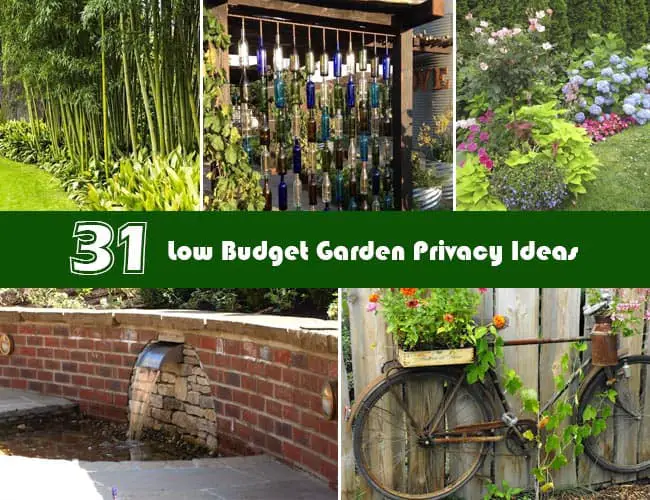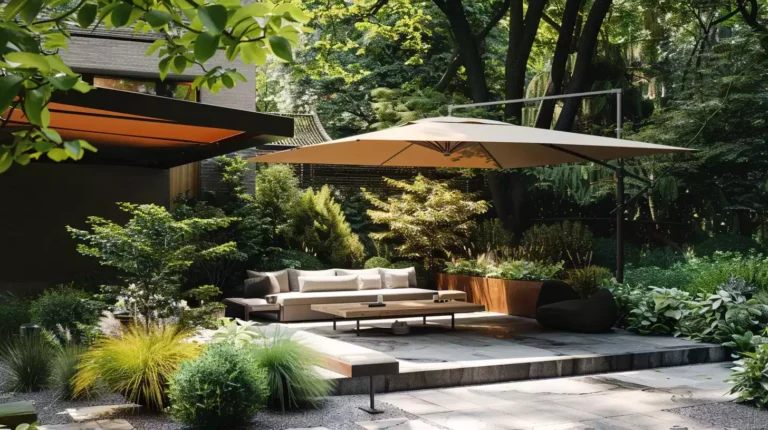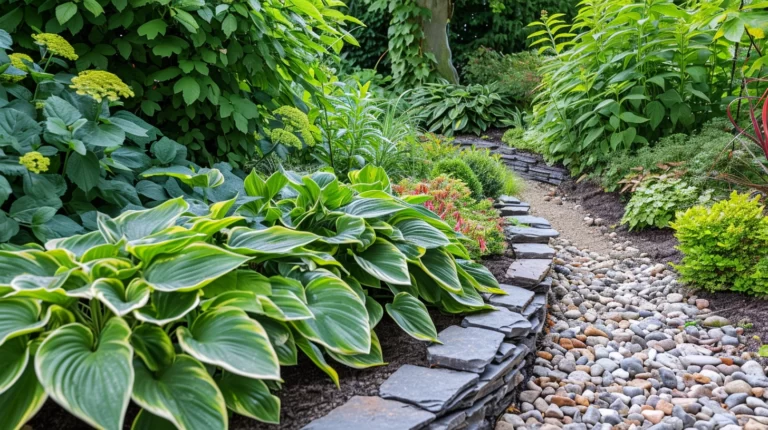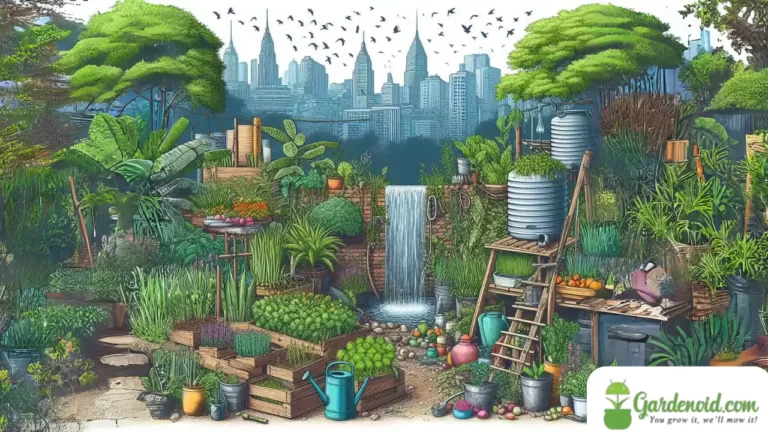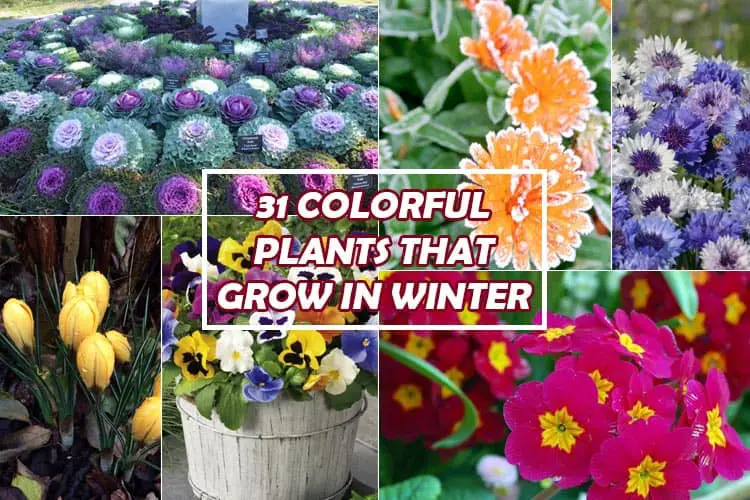5 Cool Roofing and Siding Ideas for Your Greenhouse
As I considered roofing and siding options for my greenhouse, I discovered five intriguing ideas to create a sustainable oasis. Each option offers unique benefits beyond protection from the elements.
By looking into eco-friendly materials, sustainable siding choices, and energy-efficient solutions, I saw the potential for an innovative and environmentally conscious greenhouse design.
Let’s explore these five roofing and siding ideas that could enhance your gardening experience.
Continue Reading to Understand These Key Points:
- Choose eco-friendly roofing and siding options for sustainability.
- Prioritize energy-efficient materials to regulate temperature and reduce emissions.
- Integrate natural elements like reclaimed wood and living walls.
- Enhance aesthetics with colorful and durable materials for a visually appealing greenhouse.
Idea 1: Eco-Friendly Roofing Options
When considering eco-friendly roofing options for your greenhouse, incorporating solar panels can efficiently harness renewable energy for heating and electricity.
Solar panels integrated into the exterior house roofing provide a sustainable energy source and reduce greenhouse gas emissions associated with traditional energy sources.
These panels capture sunlight and convert it into electricity, offering a cost-effective and environmentally friendly solution for powering your greenhouse operations.
Solar panels can also help regulate the temperature inside the greenhouse, creating a more stable and optimal environment for plant growth.
Idea 2: Sustainable Siding Choices
For a greenhouse seeking sustainable siding choices, materials like reclaimed wood, recycled plastic, and fiber cement can enhance eco-friendliness and durability. It’s essential to choose siding materials that benefit the environment and provide long-lasting protection.
Consider these sustainable siding choices:
- Reclaimed Wood Siding: Gives a rustic and natural look while reducing environmental impact through material repurposing.
- Recycled Plastic Siding: Low-maintenance and long-lasting, reducing plastic waste and promoting sustainability.
- Fiber Cement Siding: Fire-resistant, insect-proof, and rot-resistant, making it a sustainable choice for greenhouse exteriors.
- Vinyl Siding: While not as eco-friendly as other options, modern vinyl siding is more durable and energy-efficient, offering a balance between sustainability and practicality.
Selecting the right siding material is crucial for maintaining a sustainable and eco-friendly greenhouse with long-term durability and aesthetic appeal.
Idea 3: Energy-Efficient Materials
Incorporating polycarbonate panels and corrugated plastic in greenhouse construction enhances energy efficiency. Polycarbonate panels offer insulation, UV protection, and light transmission, creating a well-insulated and illuminated environment.
Corrugated plastic roofing and siding provide lightweight, durable, and cost-effective solutions that regulate temperature fluctuations. Reflective coatings maximize natural light and reduce the need for artificial lighting.
Opting for light-colored materials helps reflect heat away, maintaining a cooler interior. Insulated metal panels offer thermal insulation properties for consistent temperature control inside the greenhouse.
Idea 4: Natural Element Enhancements
Enhancing the aesthetic appeal of your greenhouse can be achieved by incorporating natural elements like wood siding or bamboo roofing. When considering natural element enhancements for your greenhouse, it’s essential to focus on materials that promote sustainability.
Here are key ways to enhance your greenhouse with natural elements:
- Utilize Sustainable Materials: Opt for reclaimed wood or recycled plastic for roofing and siding to align with eco-friendly practices.
- Create a Connection with Nature: Incorporate living green walls or climbing plants on the exterior of your greenhouse to blend the structure with its natural surroundings.
- Durable and Weather-Resistant Options: Choose cedar shingles or bamboo panels for roofing for durability and weather resistance while adding organic beauty.
- Harmonious Blend with Landscape: Select roofing and siding materials that complement the exterior house colors and surroundings, creating a visually appealing outdoor space.
Idea 5: Aesthetic Greenhouse Upgrades
Consider incorporating unique architectural elements to elevate the aesthetic appeal of your greenhouse.
When upgrading the exterior, corrugated plastic roofing provides a cost-effective and durable option, offering longevity and ample sunlight for your plants.
For a rustic look, wooden siding enhances the ambiance.
To add color and personality, colorful vinyl siding is a fun choice, brightening the exterior with a customizable touch.
Opt for polycarbonate greenhouse panels for insulation and UV protection.
A pentagonal shape design gives your greenhouse a unique and visually appealing structure in any garden, creating a stunning focal point outdoors.
Final Thoughts
Upon completing the installation of sustainable siding and energy-efficient roofing on my greenhouse, I felt like a proud gardener witnessing my seeds grow into beautiful plants.
These materials protect and nurture my plants, transforming my greenhouse into a sustainable and beautiful oasis.
It’s incredible how innovation and eco-friendly choices can create a space that truly blossoms.

